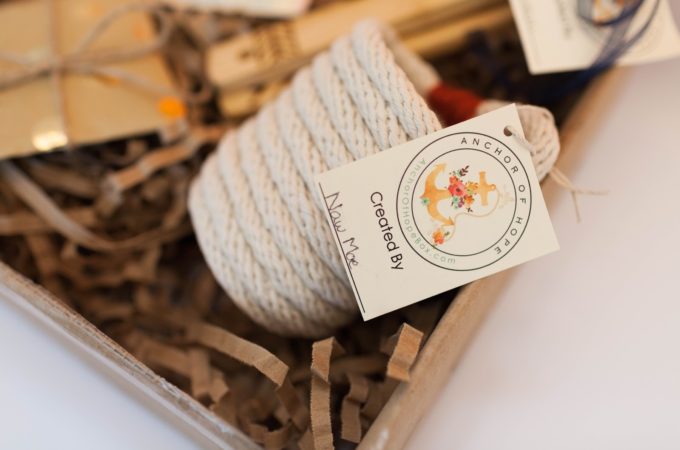
Subscription Boxes; The Next Big Business You Should Know About
When most people think of starting a business, a subscription box service usually isn’t top of mind – but it should be. With the success of companies like Birchbox and Loot Crate, more entrepreneurs are finding inspiration from the subscription business model and starting their own successful boxes.
After all, subscription boxes excite consumers month after month with new products and brands, and reward business owners with recurring revenue and long-term customer relationships. In today’s competitive market landscape, entrepreneurs shouldn’t have to rely on the unpredictability of one-time purchases. Luckily with subscriptions, they don’t have to.
How do Subscription Boxes Work?
Subscribers receive a box full of goods relating to a common theme or niche on a regular schedule, usually monthly.
Most beauty boxes for example, send a collection of sample-size products and accessories so consumers can try new brands they might not have have otherwise found on their own. Similarly, pet boxes or fitness boxes will curate products based on their customers’ interests to provide a one-of-a-kind shopping experience.
A Growing Trend
Since 2011, subscriptions have emerged as a lucrative business path with consumer interest growing exponentially:
More and more people are searching for, finding, and starting their own subscription boxes for everyday necessities, special interests, and activities. Most recently, companies like Ipsy, Honest Co., and Dollar Shave Club have capitalized on this business model with much success.
What it takes to start a subscription box: Find your Niche: This is the most important part of running a successful subscription box business. The popular boxes these days focus on a core interest and curate items related to that niche.
For example, OwlCrate is a subscription box for fans of YA novels that is widely popular in the book community. They hand-pick new titles and other items readers may like, place them in a box, and ship monthly. The best advice here is to start with what you as an entrepreneur are passionate about, and find an audience that feels the same.
Other examples of successful boxes:
Fandom of the Month offers themed jewelry catered to a different fandom every month
Cruelty Free For You & Me delivers a high-value mix of vegan and all-natural pet and beauty products.
Do a pre-launch & build up your audience:
It’s never too early to build buzz. In fact, by promoting your box before it launches, you can get people to buy into your business before you’ve spent a single cent.
Once you’ve settled on your great idea, waiting for subscribers can be the toughest part. But if you do the work of finding them, building a customer relationship, and getting them excited ahead of time, you can eliminate that stress and focus on executing a successful launch.
One of the best way to grow a social following before you launch is Influencer marketing. Getting a trusted internet persona to review or vouch for your product is a great way to start gaining followers from other people’s audiences. From instagram to Youtube, Vine and the blogosphere, there are countless avenues for finding influencers to help you spread the word about your new subscription box.
Sell, learn, rinse & repeat:
If you plan and schedule your launch correctly, one thing you don’t need to worry about is draining your financial resources. A great tool to help you do that prep work and properly price your box is the Subscription Box Calculator.
Ultimately, the subscription business model is beneficial to people without a lot of seed funding, granted they execute a successful pre-launch and invest the profits back into the business.
For example: If in the first month you only have to source products for 100 subscribers, you can put your profit into infrastructure, design, and other one-time costs.Then, as the business grows, you can improve on churn, get better bulk pricing for products, and so on. The recurring revenue aspect of subscriptions makes it an ideal business model for any entrepreneur.
Once you get through the initial stages of starting your subscription, it’s important to continue learning from and evaluating your process. Even after you’ve launched and started selling, make sure you’re getting feedback from your subscribers, figuring out what they liked about last month’s box, and constantly improving on what works. This is how you build a business where your subscribers market for you by telling friends.
If you’re considering jumping into the subscription space, here’s the best way to get started:
- How to start a subscription box business
- How an entrepreneur went from $0 to $50,000 in revenue in just 6 months
About Cratejoy: Cratejoy is a website that helps anyone start and manage a subscription box business. With Cratejoy’s platform, entrepreneurs don’t need any programming or design experience to build their successful business.
Photo by Pressmaster | Shutterstock
Recommended
-
What You Really Need To Know F...January 1st, 2025
-
Goodbye Stress. Hello Holiday ...December 1st, 2024
-
Hello! Holiday Sales Are Here....November 1st, 2024
-
Turn PR Fear Into Business Suc...October 1st, 2024
-
Before You Buy That Pumpkin Sp...September 1st, 2024















